Consumers Feel Glum About the Economy: The Kiplinger Letter
Surveys show that consumers feel glum and wary about what comes next, despite their uptick in spending.

To help you understand what is going on with the economy and what we expect to happen in the future, our highly experienced Kiplinger Letter team will keep you abreast of the latest developments and forecasts (Get a free issue of The Kiplinger Letter or subscribe). You'll get all the latest news first by subscribing, but we will publish many (but not all) of the forecasts a few days afterward online. Here’s the latest…
Consumers feel glum and pessimistic about the economy surveys, including the December data from the University of Michigan’s survey of consumers, show. But they’re spending as if they feel pretty good. Why the disconnect? For starters, the economic disruptions of recent years. First, pandemic lockdowns that crashed the economy and then soaring inflation have likely left many people feeling uncertain and wary about what comes next.
Also, bad news headlines and political polarization may be leading consumers to feel that the overall outlook is bad, even if their own finances aren’t so dire. If so, the Conference Board’s reading on consumer sentiment may gradually trend higher than the University of Michigan’s survey, since the former poll asks more questions about a respondent’s personal situation.
A little pessimism is justified, as the economy is slowing. But not too drastically, if the labor market is any guide. November’s jobs report showed 169,000 net new jobs, once you subtract striking workers who returned to their jobs in November after being counted as unemployed while out on strike in October. That’s a slight downshift from October’s job creation pace of 182,000, but still decent.

Sign up for Kiplinger’s Free E-Newsletters
Profit and prosper with the best of expert advice on investing, taxes, retirement, personal finance and more - straight to your e-mail.
Profit and prosper with the best of expert advice - straight to your e-mail.
Wages grew at a 4% annual rate, which is good for workers but not good for lowering inflation.
One reason job growth is solid is the brisk state and local government hiring. The public sector has been slower to rebound from the job losses of the pandemic than private employers. Schools, for instance, have struggled to find new teachers. So, government payrolls just eclipsed their prepandemic high for the first time this October.
That belated boost in hiring is helping to keep the overall job market relatively sound. Expect state and local agencies to keep hiring through 2024 before slowing in 2025. In general, their finances are strong due to federal aid and high tax revenues.
This forecast first appeared in The Kiplinger Letter, which has been running since 1923 and is a collection of concise weekly forecasts on business and economic trends, as well as what to expect from Washington, to help you understand what’s coming up to make the most of your investments and your money. Subscribe to The Kiplinger Letter.
Related Content
Get Kiplinger Today newsletter — free
Profit and prosper with the best of Kiplinger's advice on investing, taxes, retirement, personal finance and much more. Delivered daily. Enter your email in the box and click Sign Me Up.

David is both staff economist and reporter for The Kiplinger Letter, overseeing Kiplinger forecasts for the U.S. and world economies. Previously, he was senior principal economist in the Center for Forecasting and Modeling at IHS/GlobalInsight, and an economist in the Chief Economist's Office of the U.S. Department of Commerce. David has co-written weekly reports on economic conditions since 1992, and has forecasted GDP and its components since 1995, beating the Blue Chip Indicators forecasts two-thirds of the time. David is a Certified Business Economist as recognized by the National Association for Business Economics. He has two master's degrees and is ABD in economics from the University of North Carolina at Chapel Hill.
-
 How Many IRS Commissioners Have We Gone Through This Year?
How Many IRS Commissioners Have We Gone Through This Year?IRS Who were the former commissioners, and why did they resign? Find out how IRS turnover can impact your taxes.
By Kate Schubel
-
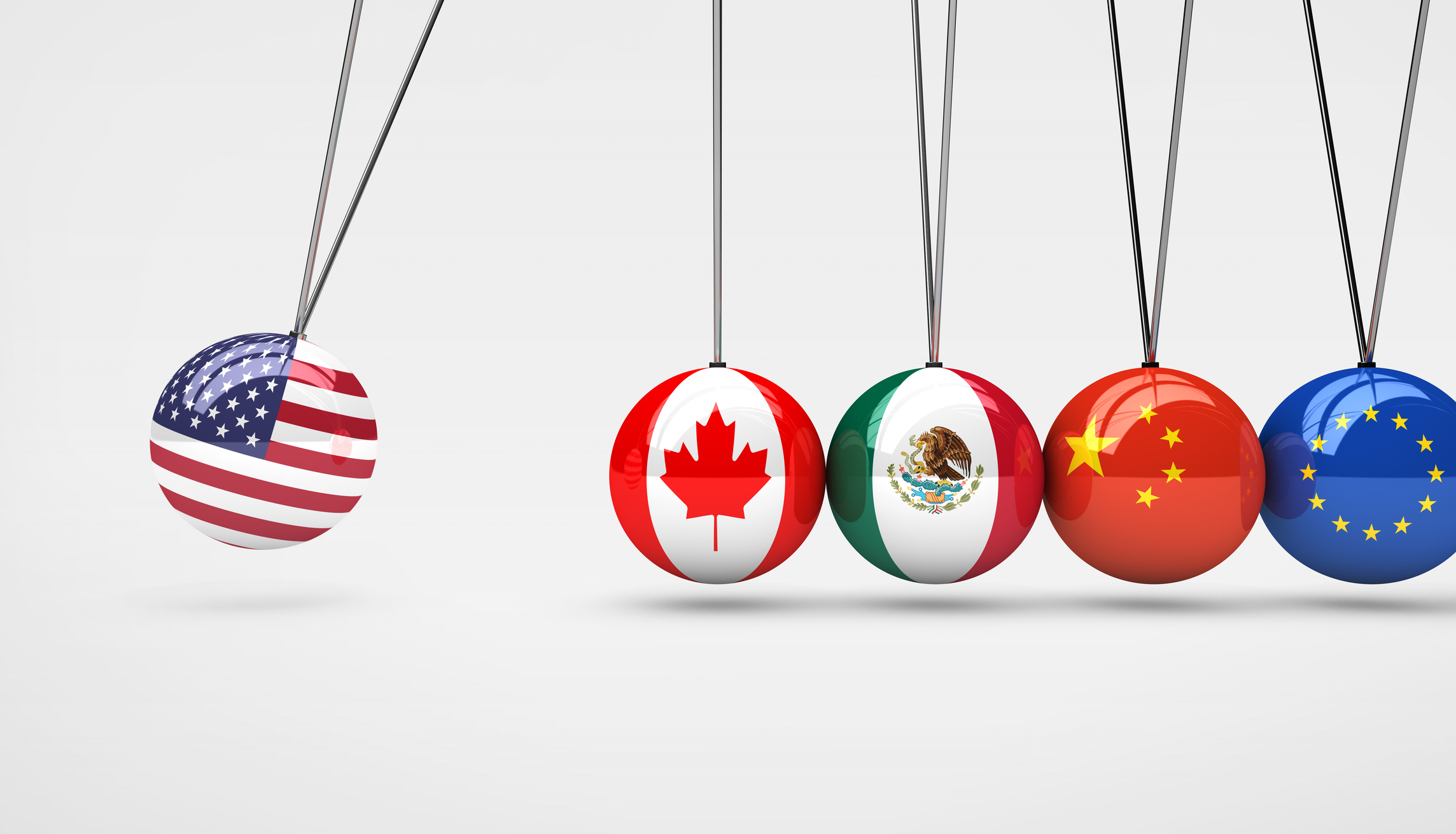 Trump Dials Back Most Tariffs but Targets China
Trump Dials Back Most Tariffs but Targets ChinaThe Kiplinger Letter Wall Street hopes that higher tariffs on most countries are on hold for good. But the trade war between the U.S. and China is heating up.
By Jim Patterson
-
 What DOGE is Doing Now
What DOGE is Doing NowThe Kiplinger Letter As Musk's DOGE pursues its ambitious agenda, uncertainty and legal challenges are mounting — causing frustration for Trump.
By Matthew Housiaux
-
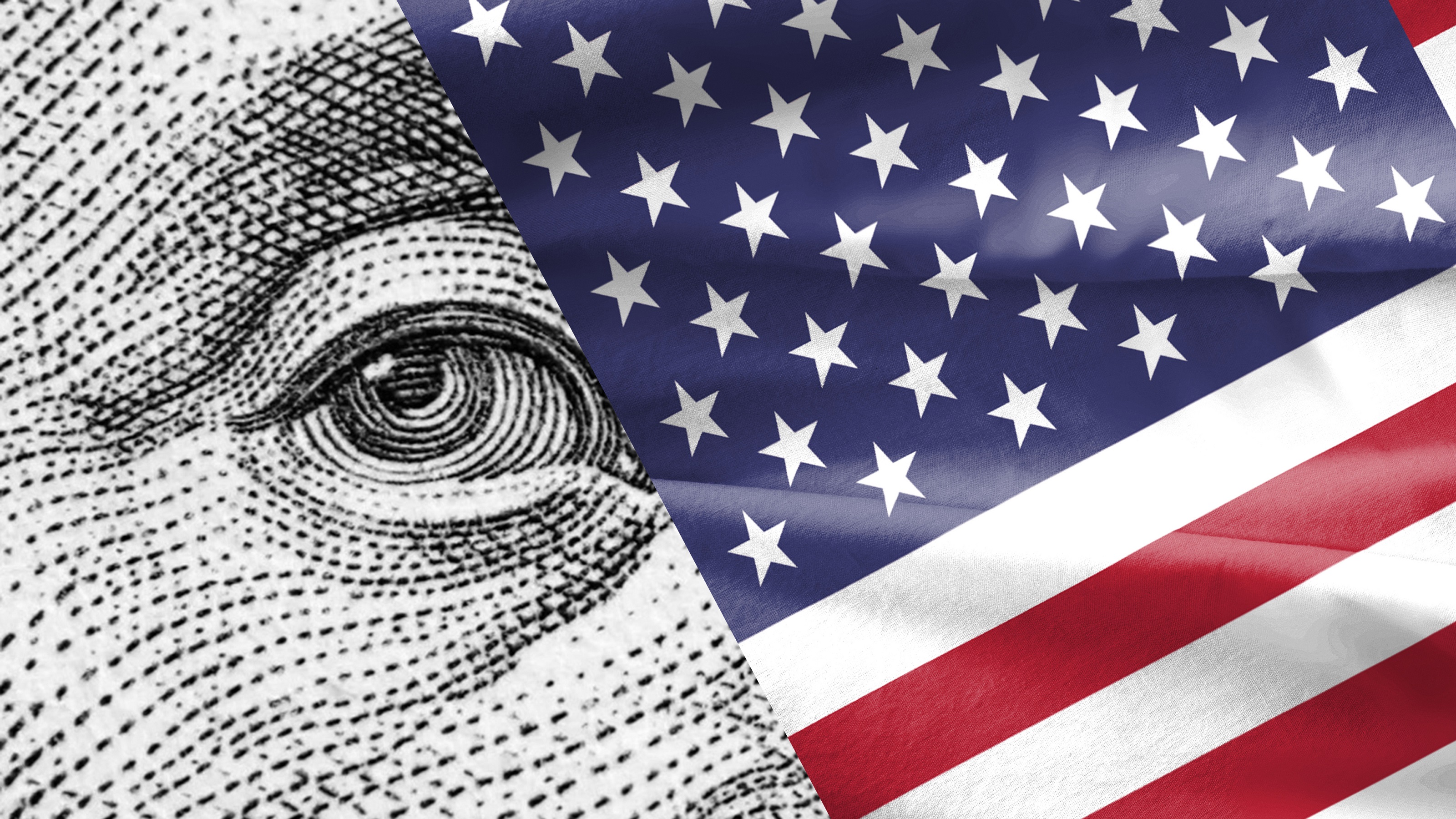 A Move Away From Free Trade
A Move Away From Free TradeThe Letter President Trump says long-term gain will be worth short-term pain, but the pain could be significant this year.
By David Payne
-
 Trump’s Whirlwind Month of Crypto Moves
Trump’s Whirlwind Month of Crypto MovesThe Kiplinger Letter The Trump administration wants to strengthen U.S. leadership in the cryptocurrency industry by providing regulatory clarity.
By Rodrigo Sermeño
-
 What Could Derail the Economy This Year?
What Could Derail the Economy This Year?The Letter While the outlook for the U.S. economy is mostly favorable, there are plenty of risks that bear watching.
By David Payne
-
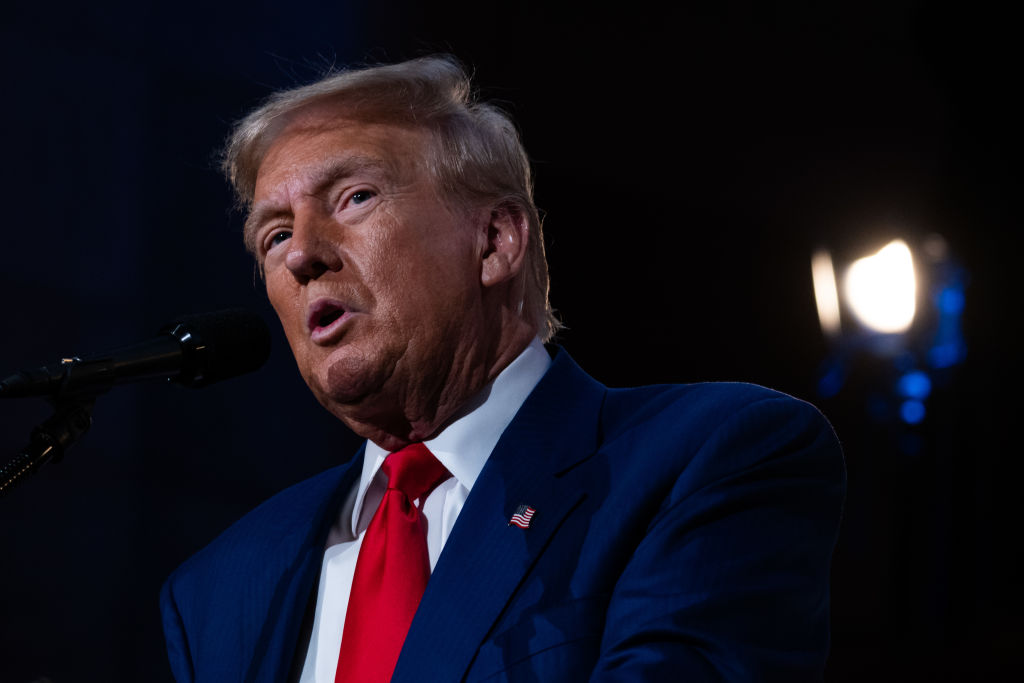 Three Ways President Trump Could Impact the Economy
Three Ways President Trump Could Impact the EconomyThe Letter Some of Trump's top priorities could boost economic growth, but others risk fueling inflation.
By David Payne
-
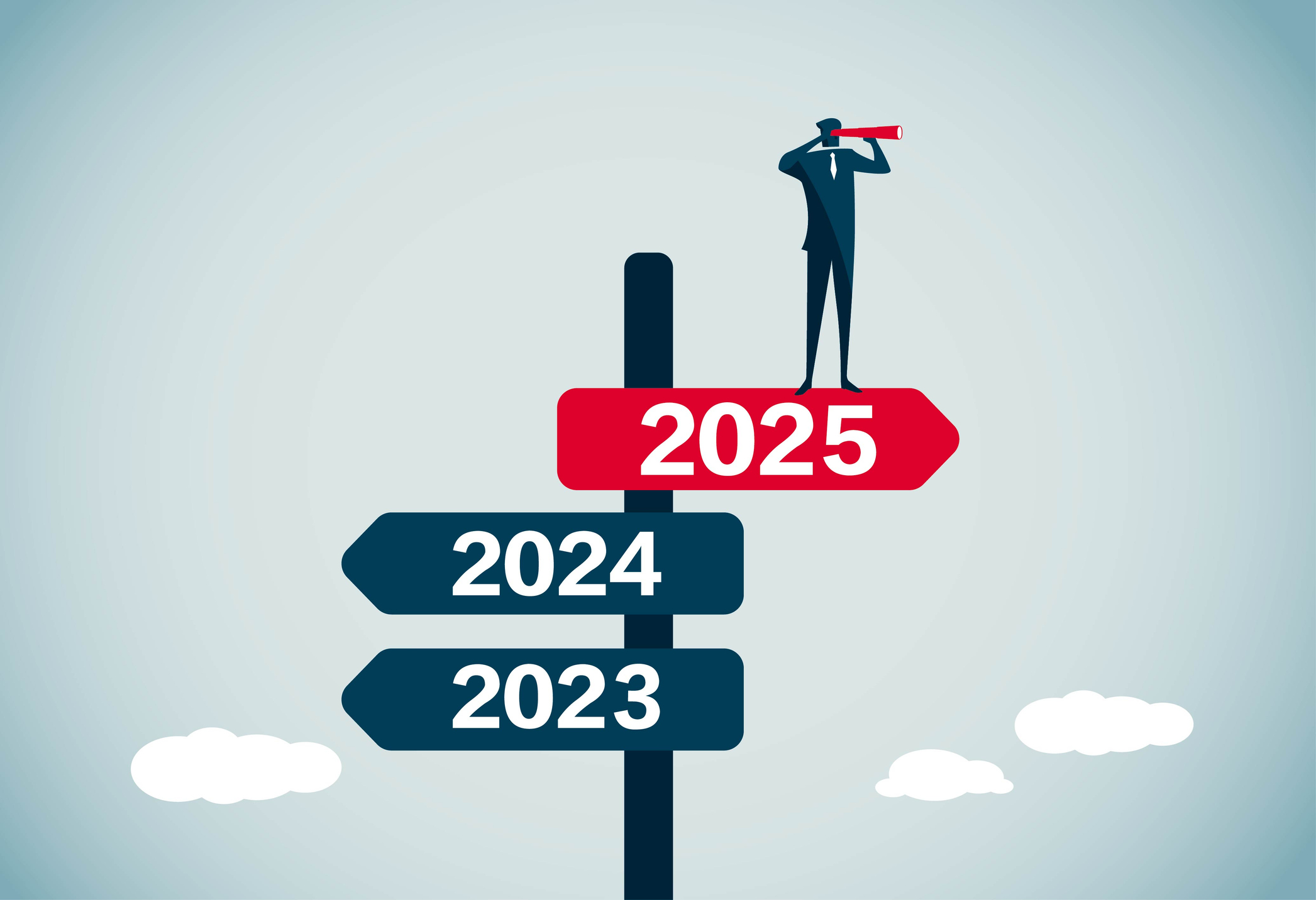 10 Predictions for 2025 from The Kiplinger Letter
10 Predictions for 2025 from The Kiplinger LetterThe Kiplinger Letter As 2025 arrives, here are our top 10 forecasts for the new year.
By Letter Editors
-
 Europe Faces Economic and Political Headwinds Next Year
Europe Faces Economic and Political Headwinds Next YearThe Letter Challenges for Europe: Potential tariffs, high energy prices and more competition from China will weigh on the bloc in 2025.
By Rodrigo Sermeño
-
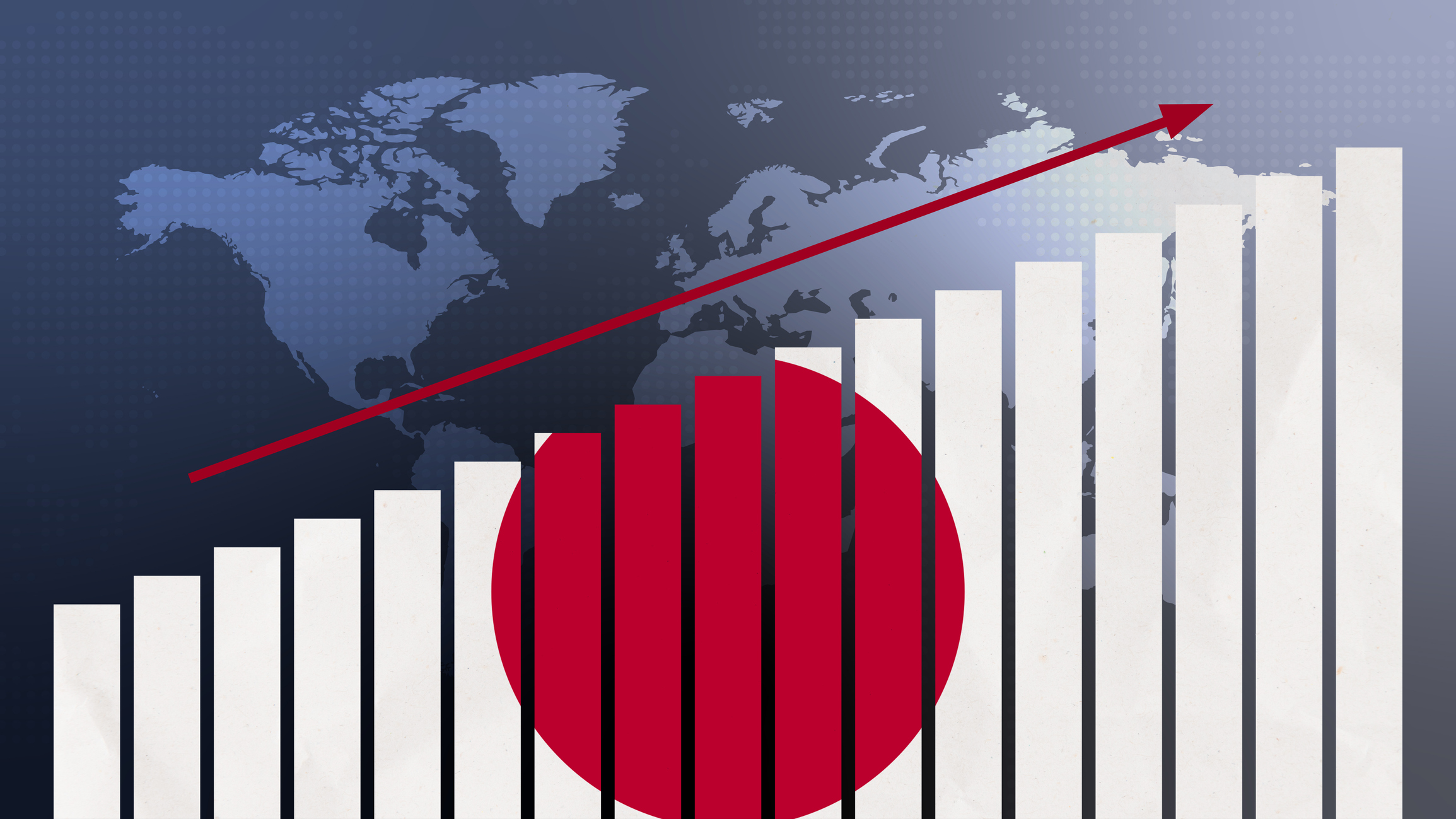 Don't Sleep on Japan's Economic Transformation
Don't Sleep on Japan's Economic TransformationThe Letter After almost three lost decades, Japan — one of the world's biggest economies — is finally showing signs of life.
By Rodrigo Sermeño